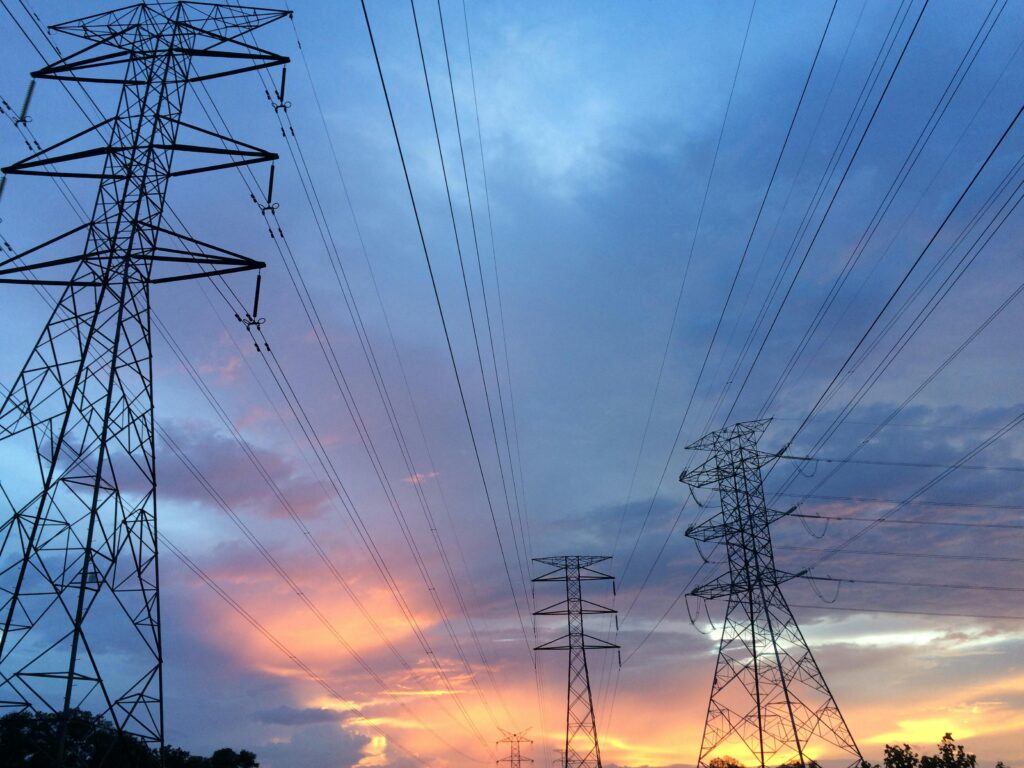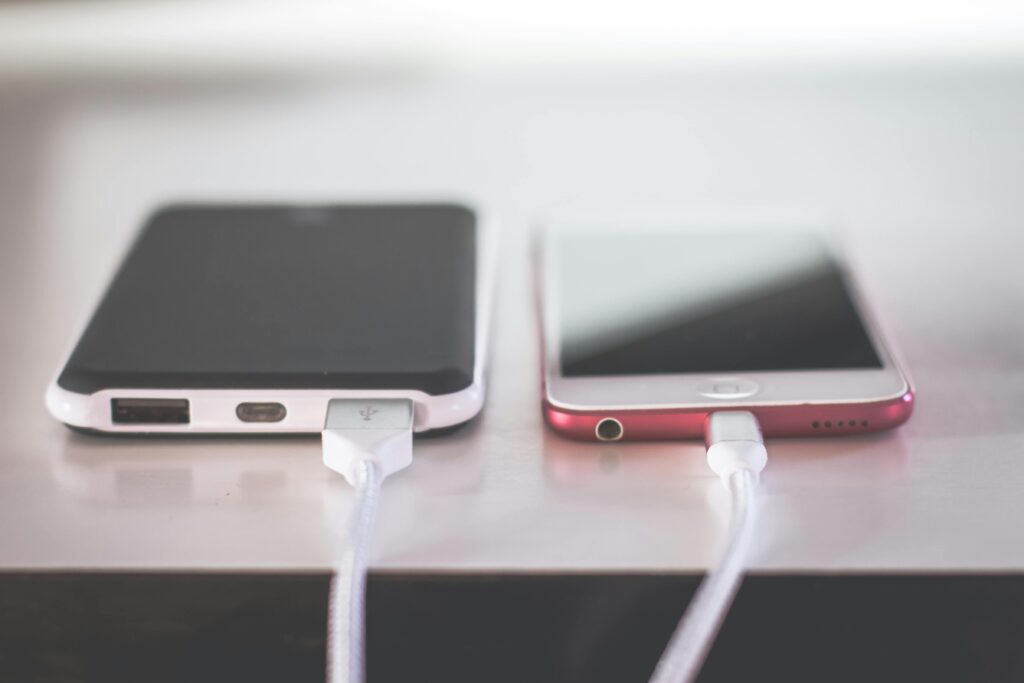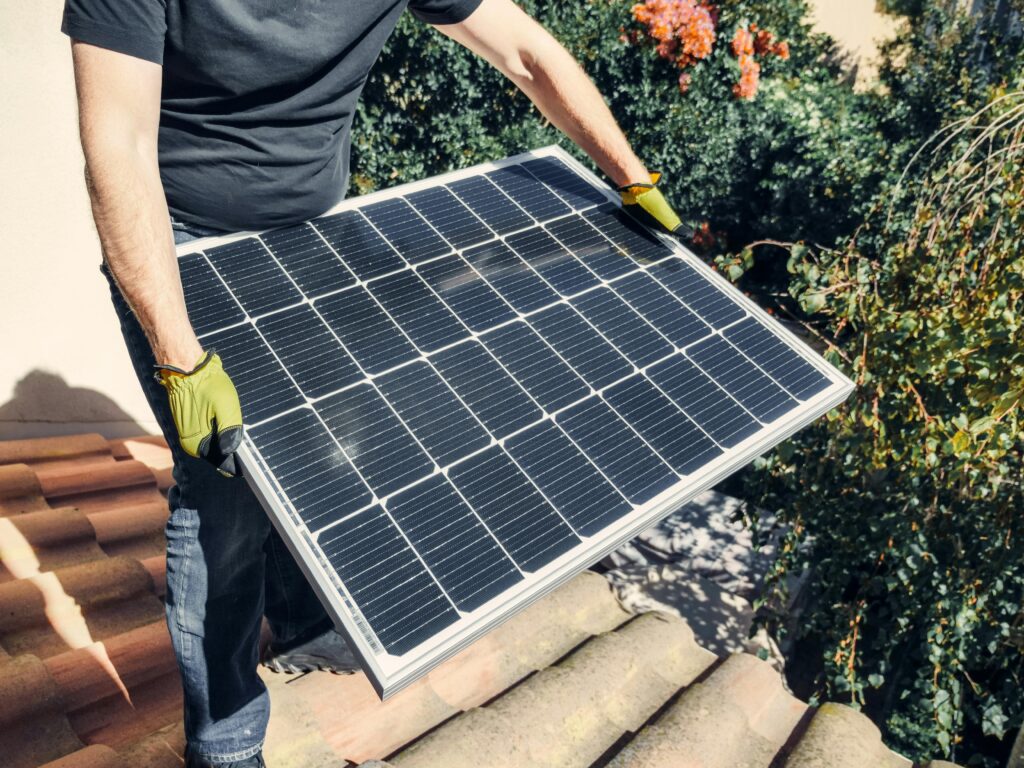When the power goes out—whether from a storm, grid maintenance, or unexpected blackout—having even a small source of electricity can make a big difference. One of the most practical and affordable options for short-term emergency power is a 100-watt solar panel paired with a suitable battery and inverter.
While a single 100-watt panel won’t run your entire home, it can keep essential devices charged and small appliances running, helping you stay connected, comfortable, and safe until the lights come back on.

How Much Power Does a 100-Watt Solar Panel Produce?
In good sunlight, a 100-watt solar panel can generate roughly 500 watt-hours (Wh) per day (about 5 hours of peak sun). That’s enough energy to run a small device for several hours or recharge electronics multiple times.
When connected to a deep-cycle battery and a small inverter, the power you collect during the day can be stored and used at night or during cloudy periods.
What You Can Power in an Outage
Here are some real-world examples of how a 100-watt solar panel system can help during a short-term outage:
1. Cell Phones
Your phone is your lifeline during a power outage. With a 100-watt panel, you could easily charge several smartphones per day, keeping you in touch with family, emergency services, and the latest updates.
2. Laptops
Whether you need to work, access online resources, or entertain yourself, laptops typically draw 30–60 watts while charging. That means your panel can recharge a laptop multiple times in one day, especially if you charge during peak sun hours.

3. 12-Volt Refrigerators
A small, efficient 12-volt fridge (often used in RVs and boats) draws about 40–60 watts on average. With a battery buffer, you can run one for 8–10 hours a day, keeping food fresh and medicine safe.
4. Portable Fans
Staying cool can be important for both comfort and safety. A 12-volt portable fan might use 10–20 watts, meaning you could run it for many hours on solar power without draining your battery quickly.
5. Flashlights
Instead of burning through disposable batteries, you can recharge LED flashlights, headlamps, and lanterns using your solar setup—ensuring you always have light when the grid is down.

Why Use Solar Instead of a Gas Generator?
- No fuel required — the sun is free.
- Silent operation — won’t disturb neighbors or draw unwanted attention.
- No fumes — safe to use indoors with the battery/inverter inside.
- Low maintenance — solar panels can last 20+ years with minimal care.
If you need a fool-proof, versatile solar set up, check this out.
Tips for Getting the Most Out of Your Setup
- Charge during daylight whenever possible to reduce battery drain.
- Use energy-efficient devices (LED lights, efficient fridges) to stretch your stored power.
- Have extra cables and adapters ready so you can connect multiple devices as needed.
- Keep your battery topped off between outages so you’re ready at a moment’s notice.

A Small System with a Big Impact
While a 100-watt solar panel won’t power your entire household, it can cover the essentials in a short-term emergency—keeping you connected, preserving food, and providing comfort until the grid comes back online.
With a modest investment in a 100-watt panel, deep-cycle battery, and inverter, you can have peace of mind knowing you’ll always have a backup source of power—quiet, clean, and ready when you need it most.

Leave a Reply